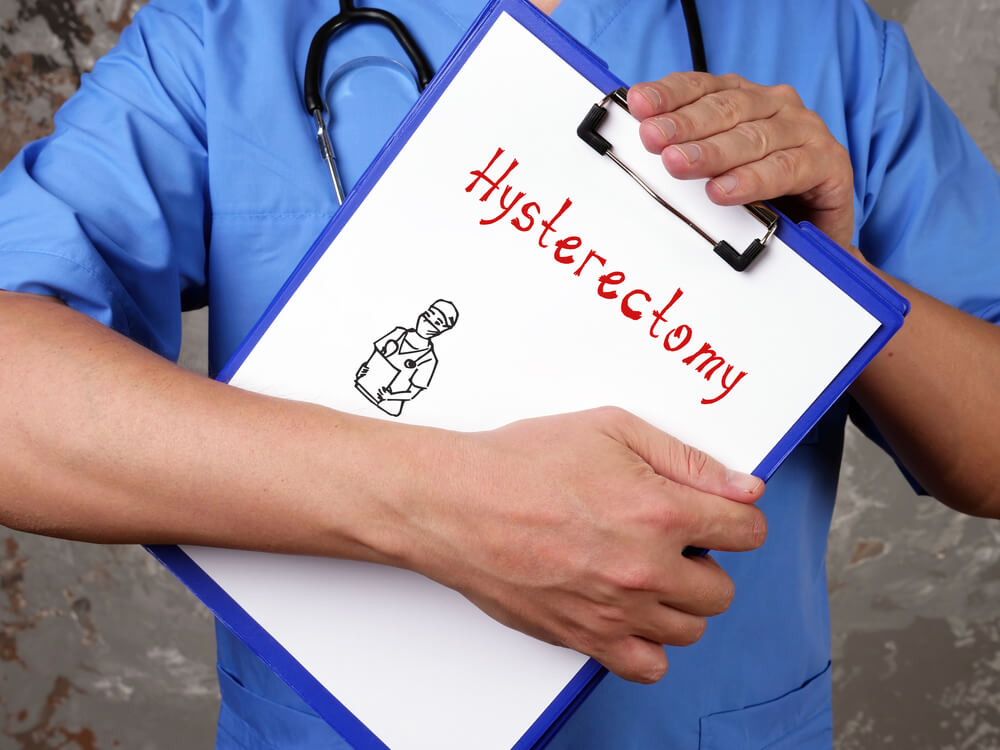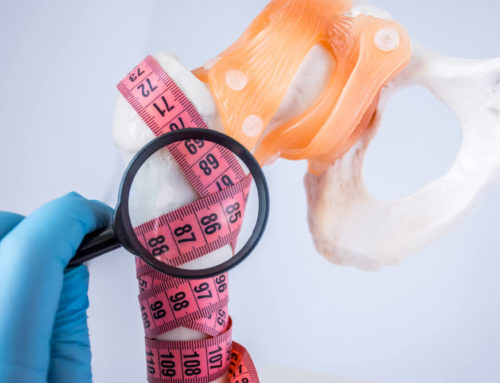There are several reasons why you might consider getting a hysterectomy. This is a surgical procedure that involves the removal of the uterus. Most women get this procedure done to treat several chronic conditions. For instance, a robotic hysterectomy is used to deal with certain types of cancer and infections. Some people might also want to consider alternatives to hysterectomies. Let’s take a closer look at hysterectomy options and alternatives.
What is a Hysterectomy?
The uterus is the section of the woman’s reproductive system where the fetus develops during pregnancy. It is also known as the womb. There are several types of hysterectomy. You can get a robotic hysterectomy or a traditional one. Apart from that, the extent of each procedure varies depending on why it’s being performed.
In most instances, the surgeon will remove their entire uterus. However, sometimes, they may only remove the ovaries and fallopian tubes. The ovaries produce the hormone estrogen, and the fallopian tubes transport the egg from the ovaries to the uterus. Once you have had your uterus removed, you will no longer have periods. It will also be impossible to have children. For those who want to have children, several hysterectomy options and alternatives can make it possible.

Reasons for Getting a Hysterectomy
There are many reasons why one might choose to get a hysterectomy. After considering hysterectomy options and alternatives, one might still want to go ahead and address the following:
- Treatment of uterine fibroids to ease bleeding, pain, and other complications.
- Treatment of uterine prolapse – When the uterus has shifted from its anatomical position into the vaginal canal.
- Management of uterine and ovarian cancer
- To treat endometriosis
- To address abnormal vaginal bleeding
- Robotic hysterectomy for the treatment of chronic pelvic pain,
- To deal with adenomyosis or thickening of the uterus.
Other treatment options are usually considered first before a hysterectomy is recommended unless the procedure is being done to treat cancer. The reason why it’s not the first choice of treatment is that the procedure is invasive and associated with long recovery times.
Things to Consider Before Getting a Hysterectomy
There are several factors to consider before you get a hysterectomy. Other people will also decide to get their ovaries removed together with their uterus and fallopian tubes. The decisions are based on your personal preference, medical history, and what your doctor recommends. Here are some things to consider before you get a hysterectomy.
Types of Hysterectomy
There are several hysterectomy options. These are classified according to what the doctor removes during surgery. For instance, one of the hysterectomy options, a supracervical or subtotal hysterectomy, is a procedure where only the upper part of the uterus is removed. On the other hand, a total hysterectomy is the removal of both the uterus and the cervix.
Finally, you can also get a radical hysterectomy, which removes the entire uterus, the cervix, and the top part of the vagina. The latter is usually done when dealing with cancer. When the surgeon removes everything, including the uterus, fallopian tubes, and ovaries, the procedure is called a bilateral salpingectomy-oophorectomy.
Risks of Hysterectomy
There are a few hysterectomy side effects and complications. Some people recover well from the procedure, and some go on to have hysterectomy side effects. These complications include:
- Urinary incontinence
- Vaginal prolapse
- Chronic pain
- Wound infections
- Hemorrhage,
- injury to the surrounding organs.
What to Expect After Hysterectomy
When you get a hysterectomy, and both your ovaries are removed, you will have menopause. If the ovaries are left intact, you might enter menopause at an earlier age than you would have otherwise. Also, after a hysterectomy, you might need to avoid sex or lifting heavy objects for a month and a half as you recover. However, most people who get this procedure done do not get hysterectomy side effects. They report that their condition improved and that the procedure was successful at treating the main problem.
Alternatives to Hysterectomy
Several alternatives and hysterectomy options are depending on what condition you want to address. Let’s take a lot at other options besides hysterectomy.
Uterine Disorders and Treatments
There are several conditions of the uterus that might warrant a hysterectomy. For instance, uterine fibroids can be treated using this procedure. However, there are other options besides hysterectomy. For instance, hormonal medications can be administered to shrink uterine fibroids. The only problem is that the fibroids can return once the medication is stopped. These hormonal medications mimic menopause. This means you might get early menopause.
Fibroids can also be treated using other options besides hysterectomy. For example, you can get uterine artery embolization. This is a non-surgical procedure carried out by experienced radiologists. This technique aims to block the uterine artery. This is the blood vessel that supplies blood to the fibroid. Blocking it will effectively shrink the fibroid. Depending on the extent of the fibroids, a surgeon can also perform a myomectomy. This procedure leaves the uterus intact and removes the fibroids only.
Other alternatives to hysterectomies include medications that can address fibroids without shrinking them or detaching them. These treatments are selected based on the problems resulting from the fibroids and their size and locations.
Alternatives to Hysterectomy When Treating Endometriosis

When you are suffering from endometriosis, a hysterectomy will only be considered after trying other methods. For instance, you can try using oral contraceptives. Oral contraceptives prevent ovulation, and this reduces the discomfort associated with the condition. There are also hormonal medications that can be used to shrink or suppress the growth of endometrial tissue. If these medications do not produce results, you can also opt for laparoscopy or laparotomy.
Treatment of Uterine Prolapse
There are other options besides hysterectomy, like exercises that can be done to improve uterine prolapse if one wants to avoid a hysterectomy. For instance, you can do kegel exercises as alternatives to hysterectomies to strengthen pelvic floor muscles. Another treatment option for uterine prolapse is a pessary device installed in the vagina to maintain the uterus and bladder in their anatomical positions. Women who are past menopause can also be put on hormonal drugs that help keep pelvic muscles stronger. These are effective alternatives to hysterectomies.
Alternatives for Treating Abnormal Bleeding
There are several treatment options available for irregular, severe, or heavy bleeding. The choice of treatment usually depends on the cause. For instance, abnormal bleeding can be caused by fibroids, endometrial polyps, hormonal issues, infection, or cancer. The treatment options available for these include the following:
- Dilatation and curettage
- Nonsteroidal anti-inflammatory agents
- progestins, GnRH agonists, or oral contraceptive pills,
- Progesterone intrauterine device.
Other effective methods also include hysteroscopic evaluation and endometrial ablation. These can be quite successful, and in such cases, you will be able to avoid hysterectomy.
What do you think about getting a hysterectomy? Do you think the alternatives are a better option? This procedure can be successful in some instances, and sometimes the alternatives can be better as well. If you are stuck trying to decide what to do, book an appointment with us. Our doctors have many years of experience helping patients in the same position as you, and you can trust us for the best advice and care.










